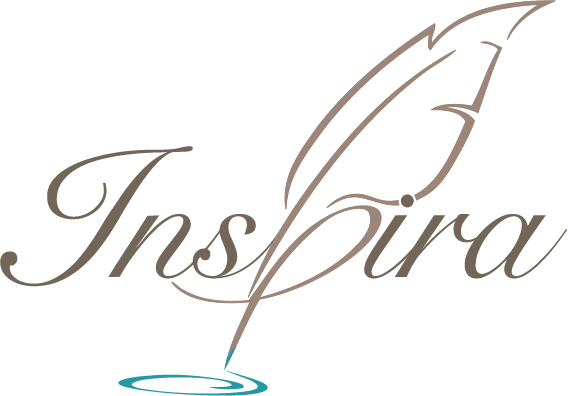The Beauty of Beta Readers
/Congratulations! You have just written a full-length manuscript! After many months of laboring alone to write a book, you are finally ready to bring on the editor, the designer, the copyright, the book jacket, the tens or hundreds or thousands of readers . . .
But hold up! Before taking your manuscript straight to publishing, consider a lesser-known but wonderfully effective intermediate step: beta readers.
What is a beta reader? A beta reader is a person who reads an unpublished manuscript with the intention to offer the author feedback. They aren’t editors, they aren’t critics—they’re just people who are willing to read your book and tell you what they think. For authors who want to get an idea of how their target audience will respond and whether their perceived trouble spots in the book “work” or not, beta reading is an indispensable part of the publishing process.
Bringing beta readers on board can add several extra weeks to your process, and it can be intimidating to invite readers to critique an unedited manuscript. Our next two blog posts will walk you through why beta readers are such a blessing to authors and how to select and use them yourself.
So, what makes beta readers so great?
They will give you a preview of your audience’s response to your book.
Publishing a book opens you up to readers’ scrutiny, critique, praise, misinterpretation, indifference, and more—responses can run the gamut from good to bad. Beta readers are a way to get an idea of what those reader responses will be ahead of time, especially if you refrain from working with a professional developmental or structural editor.
If you have specific parts of your manuscript you are unsure about, you can ask beta readers for specific feedback: “Is this character’s storyline compelling?” “Are these passages boring?” “Which parts are confusing?” Every book needs the sharp eye of a professional editor, but at this stage in the process, beta readers are great because they aren’t going to care about later-stage concerns such as whether your manuscript conforms to the 17th edition of the Chicago Manual of Style or if your paragraph styles are consistent. They are going to read your book as actual readers, and their feedback will let you know where your book shines for your target audience and where it can use polishing. Depending on how your manuscript lands with your beta readers, you can make an informed decision on whether you are ready to bring in the pros or not.
Beta readers save you money.
Because beta readers are often not professionals but simply people whose opinions you respect, you can often have them read your manuscript for free. Authors may gift them a copy of their published book, formally thank them in their book’s acknowledgments, or offer to beta read themselves in return.
Beta readers can give you a head start on the issues your editor will otherwise eventually surface. Editors are experts at perfecting your tone, clarity, manuscript structure, and overall impact, but your beta readers (especially if you have several) will give you a good idea of what those issues will be ahead of time. The more sure-footed your manuscript is before working with an editor, the more you and your editor can fine-tune it—and the less money you’ll spend on editing.
Beta readers ease you into collaboration.
Writing a book is usually a solitary activity, and publishing it usually is not. It can be jarring to bring in professionals, work with a publishing company, and begin marketing yourself! Beta readers are a low-pressure way to expose yourself to the joys and struggles of collaboration. It is possible this is the first time you’ll receive positive and negative feedback on your writing. It is possible you will need to adjust to having your beloved manuscript in the hands of another. By choosing readers you already know and trust, you can lessen the transition and feel better equipped to do what it takes to bring your book to the world.
Stay tuned for our next blog, where we’ll walk you through the basics of selecting and using beta readers for your manuscript, as well as some tips we’ve picked up along the way.


